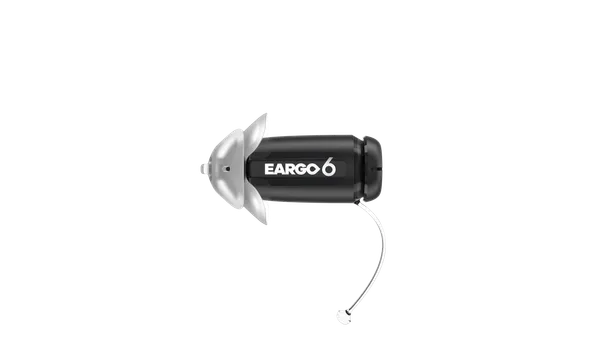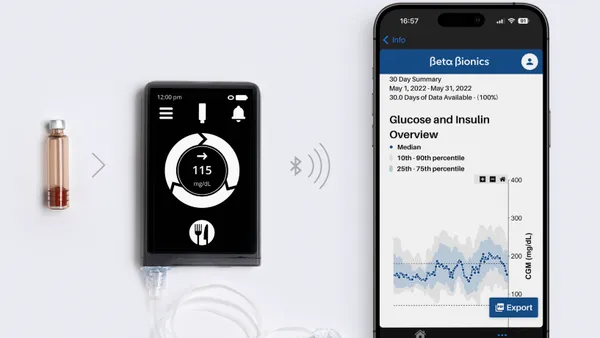Silicon Valley has started disrupting healthcare, putting even more pressure on medtech to rethink the traditional business model and to work differently with healthcare providers and consumers. As the industry continues to think of ways to innovate, it should not lose sight of what funds innovation and long-term growth: profitability.
With an increasing focus on healthcare value and outcomes and continued cost pressures, how can medtech get the most from its current portfolio and drive profitability? The answer is advanced analytics.
Broken down to its most fundamental components, profitability for a commercial leader means selling your services and solutions at a higher net price while optimizing your operations and commercial spend.
The value of each component of this profit equation can be maximized using analytics use cases relevant to that component. Here’s how:
1. Sell more at a higher net price. You can refine your value proposition by deploying customer analytics to obtain deeper insights into your customers' needs through deep segmentation techniques, allowing you to predict their propensity to buy or switch to a competitor. You will also need to develop a market analytics capability to understand your ecosystem of providers, payers and patients, and the complex network of relationships, referrals, and affiliations that they operate in. Moreover, you could employ pricing analytics to define better discount controls and price windows for each customer segment and product mix. ZS research has shown that such pricing initiatives can improve margins by up to 8% within a year.
Analytics such as price-volume correlation, revenue waterfall and price elasticity modelling will enable you to understand the impact of your pricing strategy on revenues and buying behaviors, as well as help model newer approaches such as case-based, procedure-based and even outcomes-based pricing. Similarly, contract analytics uses machine learning to run pre-deal simulations for account managers. This enables more effective responses to RFPs and helps you structure better (win-win) contracts. Moreover, account managers could monitor how well a contract is performing against the terms and conditions, and proactively correct non-compliant behavior.
2. Optimize operations. Optimized supply chain operations will ensure that you’re able to forecast customer demand appropriately and maintain the right levels of inventory. An optimized supply chain network, driven by advanced inventory analytics, could result in an estimated 5 to 7% savings on supply chain costs. Inventory management analytics will enable you to track items that will soon be out of stock, classify inventory based on the relative priority of items, flag obsolete items and ensure efficient distribution.
Forecasting supply and demand through analytics will foster communication, collaboration and cooperation across the account management team, sales operations and manufacturing. Additionally, inventory analytics can mitigate the risk of adverse events. For example, it can flag products that are at risk of becoming obsolete and proactively manage supplier agreements and system upgrades, and thus mitigate risk in a contract.
3. Optimize commercial spend. Optimizing your SG&A costs to maintain healthy profitability while at the same time keeping your sales force motivated and your customers engaged is tough. Therefore, it’s important to use analytics to keep sight of ROI across multiple channels, and also understand what drives sales force motivation. According to the ZS-EIU report, “Broken Links: Why Analytics Investments Have Yet to Pay Off,” sales deployment analytics could yield up to 5% of incremental revenue by enabling you to monitor the health of your sales force in terms of rep workload, historical sales, total opportunity and cost-to-serve, and to make decisions in an agile manner that will ultimately increase your sales-to-cost ratio. Leveraging channel ROI analytics, you can analyze your promotional spend by various channels, including your direct sales force, marketing campaigns and indirect channels (distributors/resellers). This will help you understand your customer affinity and also suggest next best actions to reps so that they can effectively engage their customers and optimize their channel mix. Ultimately, this will enable you to become more customer-centric. Finally, deploying talent analytics to manage commercial talent, including decisions on hiring and the coaching of sales and key account roles, will drive performance by a highly engaged commercial team. The deployment decisions will then be based not only on local customer needs but also on the competency model for the role required, leading to stronger hires.
Innovating for the future while meeting today’s needs requires strong operational discipline with a focus on profitability. Now’s the time to start investing in these analytics use cases to unlock millions of dollars in profit and sell more through an optimized commercial model. When deployed the right way, advanced analytics could fuel your engines of innovation and performance, and enable profitable growth.

About the Author
Bhargav Mantha is a principal and a leader in ZS's analytics practice. He has more than 14 years of experience leading several large-scale analytics transformations for life sciences clients, including strategy, development and execution in areas such as big data, analytics as a service, data visualization and mobility solutions.









